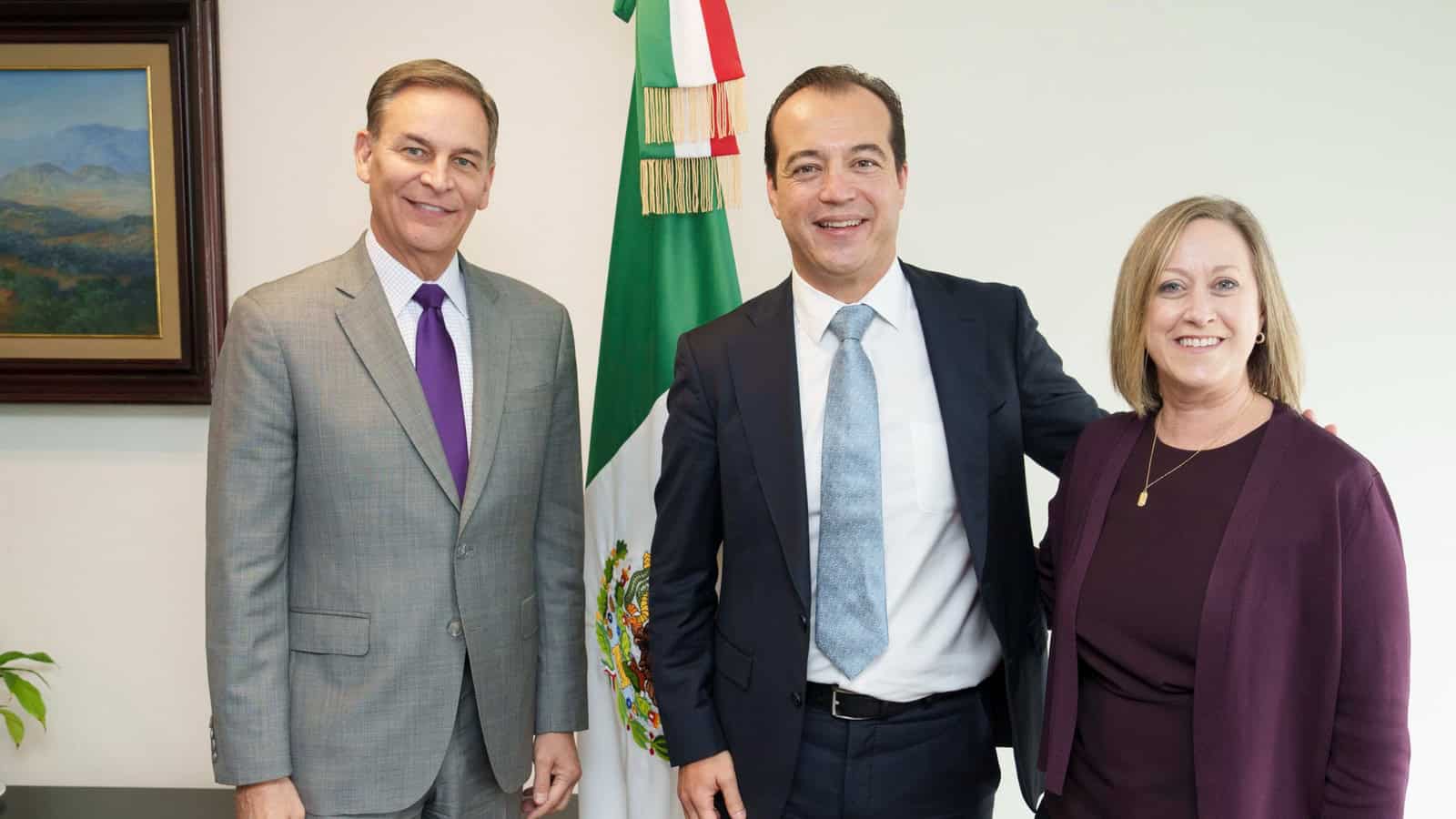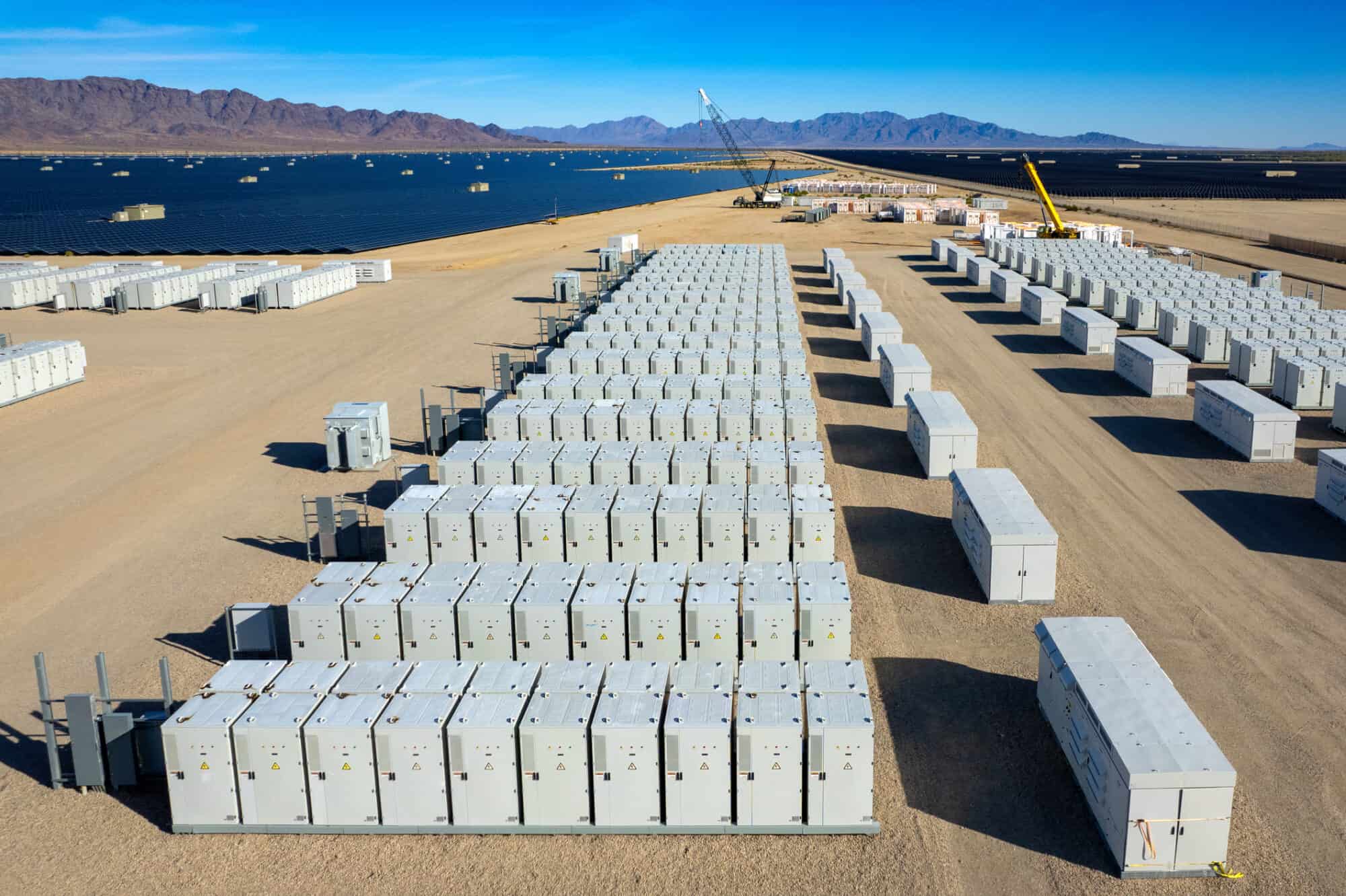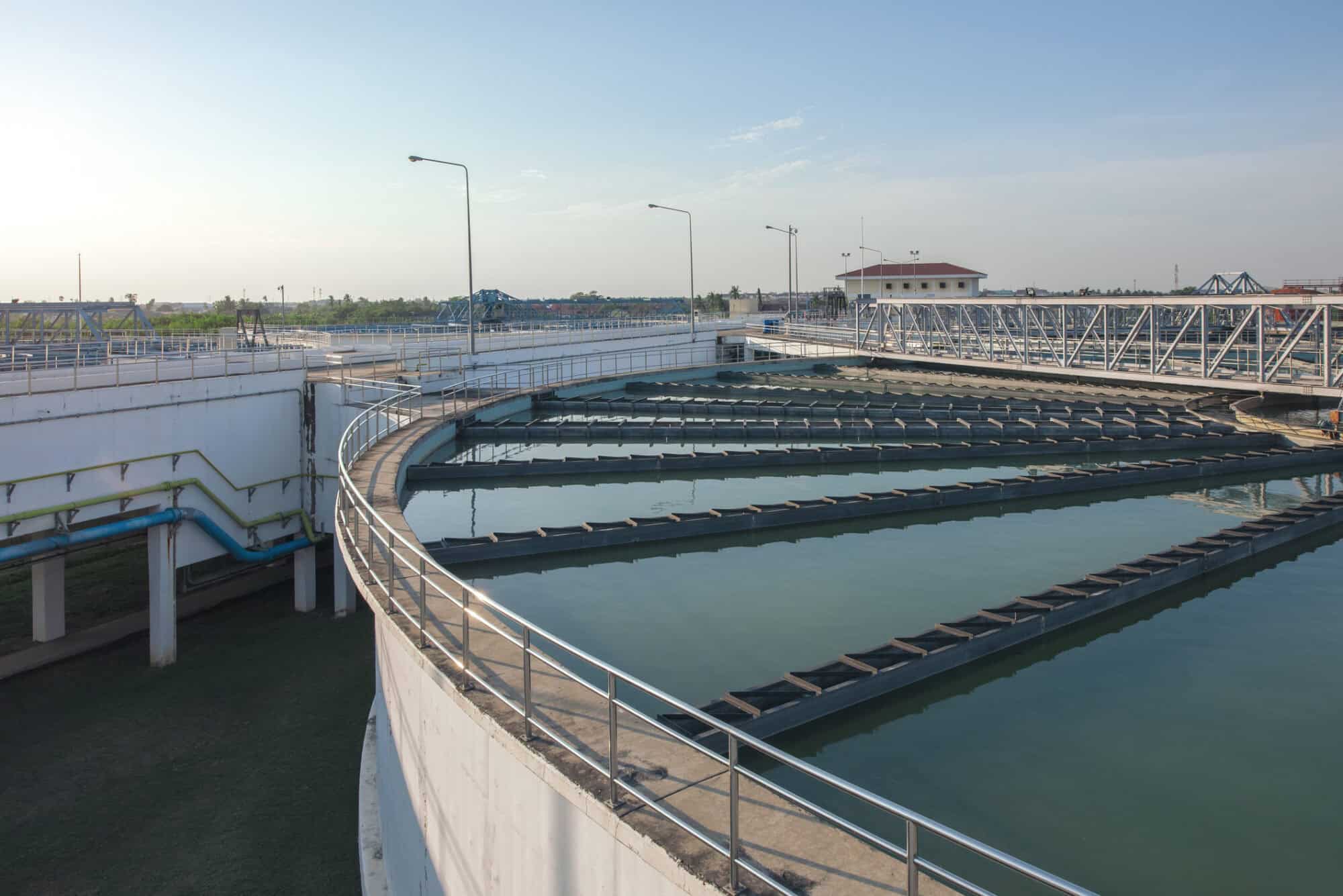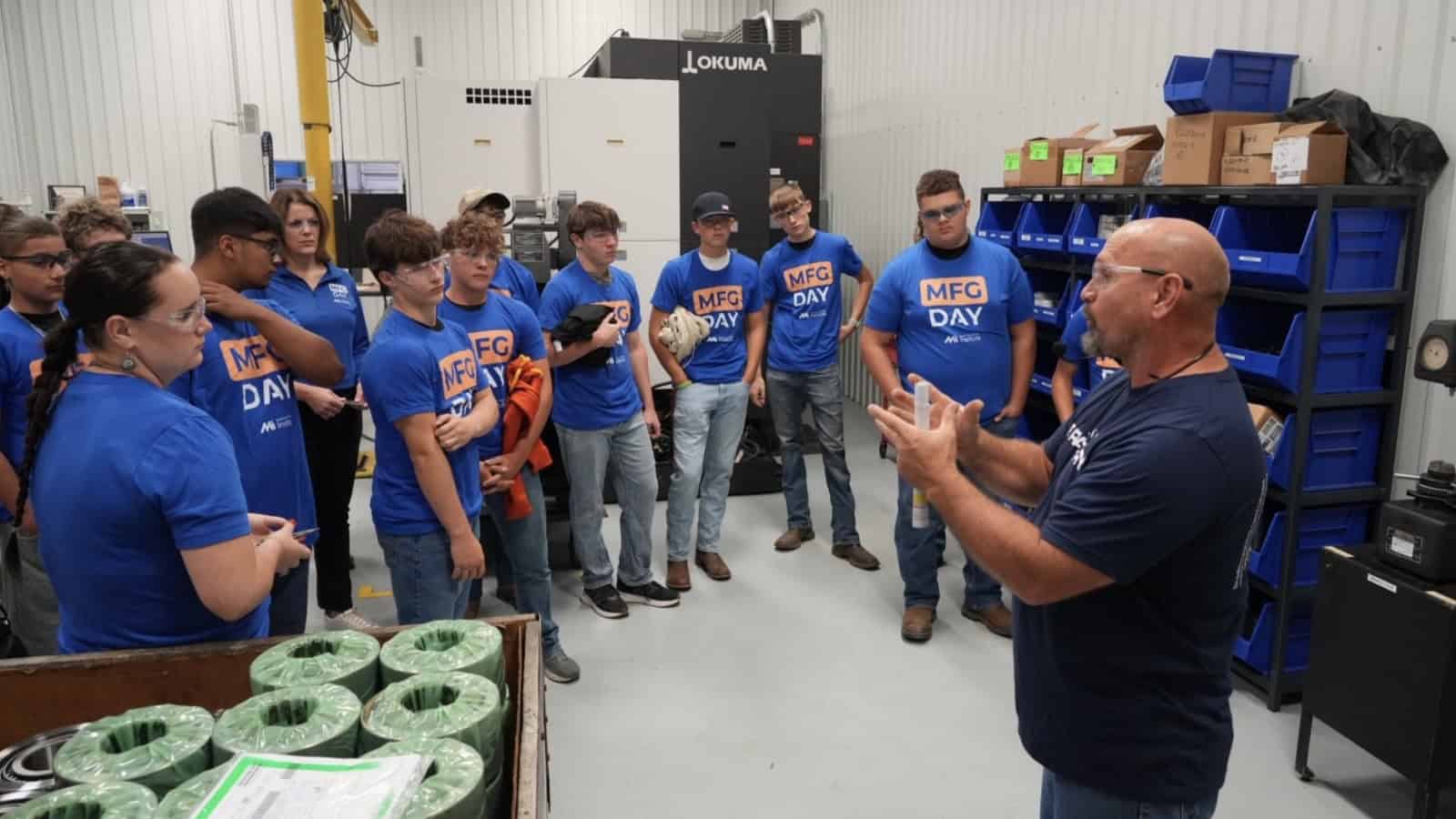Producer Prices Hold Steady as Energy Costs Drop
The Producer Price Index for final demand (also known as wholesale prices) was unchanged in September, after rising 0.2% in August. Over the past year, the final demand index rose 1.8% on an unadjusted basis, a slight decline from the 1.9% over-the-year increase in August. Prices for final demand excluding foods, energy and trade services inched up 0.1%, after rising 0.2% in August.
In September, prices for final demand services increased 0.2%, offsetting a 0.2% decline in prices for final demand goods. While both food (1.0%) and other goods (0.2%) prices saw an uptick, a 2.7% drop in energy prices more than balanced out those increases. The largest underlying increase was a 0.3% rise in transportation and warehousing services prices, although prices for both trade services and other services also increased slightly. The rise in transportation and warehousing services prices in September follows a significant price decline of 0.9% in August.
Prices within intermediate demand fell in September, continuing the declines from August. Processed goods for intermediate demand dropped 0.8%, with prices for processed energy goods leading the decrease. On the other hand, prices for processed foods and feeds rose 0.9%. Over the 12 months ending in September, prices for processed goods for intermediate demand fell 2.7%.
Meanwhile, prices for unprocessed goods for intermediate demand moved down 3.2% in September, after declining 3.1% in August. The decrease was driven by a 12.6% drop in unprocessed energy materials. In contrast, unprocessed foodstuffs and feedstuffs and nonfood materials less energy prices increased 2.7% and 1.9%, respectively. Over the 12 months ending in September, prices for unprocessed goods for intermediate demand fell a dramatic 9.5%.
Inflation Slows, But Core Prices Stay High
Consumer prices rose 0.2% over the month and 2.4% over the year in September, slightly above consensus expectations of a 2.3% year-over-year increase. This is the smallest over-the-year increase since February 2021. Core CPI, which excludes more volatile energy and food prices, ticked up slightly to a 3.3% increase over the year and remains higher than overall CPI.
Shelter increased 0.2% over the month and 4.9% over the year in September. Food, which rose just 0.1% over the month and 2.1% over the year in August, rose 0.4% over the month and 2.3% over the year in September. Together, these two indexes accounted for more than 75% of the monthly increase of the all-items index. Transportation services also remain high, rising 1.4% over the month and 8.5% over the year, with motor vehicle insurance increasing 16.3% over the year.
Energy costs, which fell 1.9% over the month and 6.8% over the year in September, helped restrain the headline inflation rate. This significant decline is partly due to energy prices being elevated in September 2023. While energy commodity prices are down over the year, electricity prices are up 3.7%.
Although the report came in hotter than expected, markets are still anticipating a 25-basis-point rate cut at the Federal Open Market Committee’s next meeting in November. Federal Reserve Bank of Chicago President Austan Goolsbee noted there would likely be more close call-type meetings in deciding the Fed’s interest rate target in the coming months.
Small Business Optimism Grows, But Uncertainty Soars
The NFIB Small Business Optimism Index rose 0.3 points in September to 91.5, marking the 33rd consecutive month below the 50-year average of 98. Meanwhile, the Uncertainty Index rose 11 points to 103, the highest reading ever recorded. This high level of uncertainty is making small business owners hesitant to invest in capital and inventory, with owners reporting the lowest level of capital outlays in September since July 2022 and inventory gains falling to the lowest reading since June 2020. Although price increases have slowed in recent months, inflation is the top concern for small business owners, with 23% identifying higher input and labor costs as their primary issue.
Filling job openings continues to be a top issue for small businesses and is acute particularly in manufacturing, transportation and construction. In September, 34% of small business owners reported jobs they could not fill.
A net 25% of small business owners plan price hikes in September. A net 32% of small business owners reported raising compensation, down one point from August and the lowest reading since April 2021. Following the Federal Reserve’s interest rate cut, a net 12% of owners reported paying a higher rate on their most recent loan, down 3 points from August and the lowest reading since March 2022. Profitability remained under pressure, mainly due to weaker sales.
The service sector continues to be holding up, while manufacturing and housing remain weak. The outlook for general business conditions remains negative but is improved from earlier in the year, while the current economic conditions and business climate were the top reasons cited for why it is not a good time to expand.
Improving Medical Supply Chain Resiliency

Medical supply chains are critical to ensuring the health and security of Americans—and Congress should act to bolster their resiliency, the NAM told members of Congress this month.
What’s going on: “The COVID-19 pandemic brought to light the risks and instability resulting from concentration and choke points in medical supply chains, though the pandemic also showed how medical supply chains can quickly adjust to external shocks,” NAM Managing Vice President of Policy Chris Netram told Reps. Brad Wenstrup (R-OH), Blake Moore (R-UT) and August Pfluger (R-TX) in response to a request for information on how to improve medical supply chains.
What should be done: The NAM recommended that Congress should work with manufacturers “on a comprehensive approach to find ways to onshore, near-shore and friend-shore more of the medical supply chain,” Netram continued.
There are several actions the federal government should take to fortify medical supply chains, including:
- “[C]reating an environment where small businesses can continue to thrive” and where large companies can maintain their pandemic-era practices of “leveraging sources of domestic production when feasible, working with existing smaller suppliers to improve their reliability” and sourcing goods through new suppliers;
- Streamlining the Food and Drug Administration’s new-supplier certification process;
- Taking “creative steps to incentivize onshoring, near-shoring and friend-shoring, as opposed to imposing punitive or unworkable requirements to do so”;
- Passing the Medical Supply Chain Resiliency Act (H.R. 4307/S. 2115), which would authorize the president to strategically create new trade agreements specific to medical goods with our allies and partners;
- Strategically refining Section 301 tariffs on imports from China;
- Restoring “immediate research and development expensing and full expensing of capital equipment purchases,” ensuring “that the corporate tax rate does not exceed 21%” and making the pass-through deduction permanent; and
- Completing “reauthorization of the Workforce Innovation and Opportunity Act and expansion of Pell grant eligibility to short-term training programs,” as well as supporting solutions that incentivize companies to collaborate to reduce the manufacturing-worker shortage.
The bottom line: “[A]n approach that creates incentives that reduce the cost and complexity of moving supply chains can help U.S. manufacturers to be more resilient in the face of a future global crisis and better able to serve patients who depend on these products,” Netram said.
NAM Emphasizes USMCA, Protecting Investors in Mexico Meetings

In high-level meetings with government, manufacturing and trade group leaders held in Mexico last week, the NAM hammered home a key message: For North American manufacturing to remain globally competitive, Mexico must protect investor holdings in the country.
What’s going on: During a jam-packed three-day visit to Mexico City, NAM President and CEO Jay Timmons and an NAM contingent met with top officials in the new Sheinbaum administration, as well as leadership at multiple agencies and associations.
- These included newly appointed Deputy Trade Minister Luis Rosendo Gutiérrez, the Business Coordinating Council (CCE), the Confederation of Industrial Chambers of Mexico (CONCAMIN), the Mexico Business Council (CMN), the National Council of the Export Manufacturing Industry (INDEX) and others.
What they said: The NAM’s main message at each gathering was the same: Companies investing in Mexico need assurance that their portfolios will be protected regardless of the fate of proposed judicial reforms in the country.
- The NAM also underscored the importance of the U.S.–Mexico–Canada Agreement, which is due for review in 2026, and the necessity of ensuring that the deal is upheld for all three parties.
- If its terms are respected, USMCA could help North American manufacturing outcompete China.
On China: This week, just days after his office’s meeting with the NAM, Gutiérrez announced that the Sheinbaum administration will seek U.S. manufacturers’ help to reshore—mainly from China—the production of some critical technologies (The Wall Street Journal, subscription).
- “We want to focus on supporting our domestic supply chains,” he told the Journal, adding that talks with U.S. companies are still in the informal stage.
The NAM says: “Manufacturing is at the heart of the USMCA,” said NAM Vice President of International Policy Andrea Durkin, who was part of the NAM group on the ground in Mexico. “The NAM intends to work to ensure that the agreement strengthens the competitiveness of manufacturers.”
New DOD Loan to Fund “Critical Technologies” Manufacturing

The Defense Department’s Office of Strategic Capital is now accepting applications for flexible direct loans to build, expand and/or modernize “critical technologies” facilities (Federal Register).
- It’s also seeking input from companies and trade associations on the Defense Department’s loan program, via a Request for Information open through Oct. 22 (Federal Register).
What’s going on: The OSC’s credit program, launched Sept. 30, aims “to attract and scale private capital in industries and technologies that are critical to America’s national and economic security,” according to the Defense Department. This is part one of the application process.
- The financing is geared toward manufacturers that must spend significantly on industrial or specialty equipment to create new assembly lines in existing facilities.
- The money is also intended to help them cover “soft” expenses, such as factory preparation and installation, associated with critical technology projects.
Why it’s important: “The funding from this program could benefit manufacturers of all sizes that are working to expand their businesses and product lines in critical areas of the economy,” said NAM Director of Energy and Natural Resources Policy Mike Davin.
- The OSC loans offer flexible terms, a U.S. Treasury-comparable interest rate, long repayment periods and deferred payments.
Who’s eligible: Manufacturers within the 31 “Covered Technology Categories”— which include advanced manufacturing, cybersecurity, battery storage and spacecraft—are encouraged to apply.
- There is no company-size or employee-number threshold or limit, and manufacturers with existing federal grants are eligible.
NAM, Allies Urge Court to Vacate PFAS Rule

The EPA’s final rule setting national drinking water standards for PFAS should be vacated in its entirety, the NAM and two allies said in an opening brief filed in federal court Monday.
What’s going on: The NAM, the American Chemistry Council and U.S. chemical company Chemours asked the U.S. Court of Appeals for the D.C. Circuit to overturn the EPA’s rule, announced in April, which requires that municipal water systems nationwide remove six types of per- and polyfluoroalkyl substances from drinking water. Trade groups representing the water systems have also sued to overturn the rule.
The grounds: The rule is unlawful and must be set aside for the following reasons:
- The EPA used a deeply flawed cost-benefit analysis to justify the rule.
- The EPA conducted a woefully incomplete feasibility analysis that ignores whether the technology and facilities necessary for compliance actually exist.
- Critical parts of the rule exceed the agency’s statutory authority under the Safe Drinking Water Act and flout the act’s express procedural requirements.
- The EPA failed to consider reasonable alternatives or respond meaningfully to public comments that undercut its judgment.
- The agency “lacked sufficient data to regulate” HFPO-DA, one of the PFAS chemicals that falls under the rule.
Why it’s important: PFAS “are substances at the center of modern innovation and sustain many common technologies including semiconductors, telecommunications, defense systems, life-saving therapeutics and renewable energy sources,” according to the brief.
- The NAM and its co-petitioners “support rational regulation of PFAS that allows manufacturers to continue supporting critical industries, while developing new chemistries and minimizing any potential environmental impacts. But that requires a measured and evidence-based approach that the [r]ule lacks.”
What’s next: Briefing in this case will continue through the spring, with oral argument to follow and a decision from the D.C. Circuit expected in late 2025.
MFG Day 2024: The MI Goes to Kansas

That’s another success for the books! Last week, manufacturers and their supporters nationwide celebrated MFG Day 2024, rolling out the red carpet for students, educators and jobseekers and showcasing modern manufacturing’s diverse career paths.
What’s going on: The Manufacturing Institute, the NAM’s 501(c)3 workforce development and education affiliate, was on the ground in Kansas for multiple plant tours and conversations.
Visiting Bradbury Group: On Thursday’s tour of the Bradbury Group’s plant in Moundridge, Kansas, about 400 students got a firsthand look at how roll-forming and coil-processing equipment is made.
- The company—whose CEO David Cox is an NAM board member—set up stations where attendees could learn about its many career tracks. In addition, local education and community training partners were on-site to showcase job-training initiatives.
- MI President and Executive Director Carolyn Lee participated in the events, touring Bradbury’s facility with approximately 70 students from Newton High School in Newton, Kansas.
Touring with Heroes: On Friday, Lee visited four McPherson, Kansas, manufacturing plants with participants from Heroes MAKE America, the MI initiative that makes connections between the military community and the manufacturing industry.
- The companies were piping-systems manufacturer Viega, insulation and commercial roofing maker Johns Manville, downstream equipment maker Plastics Extrusion Machinery LLC and sustainable construction materials manufacturer CertainTeed.
- At Viega on Friday, Lee spoke with local high school students viewing the facility at the same time as the HMA participants.
Focus on veterans: Friday’s events also featured a networking lunch for HMA participants, including transitioning service members, veterans and military spouses, with human resources representatives from McPherson manufacturers.
- The Bradbury Group—the parent company of four manufacturing businesses in addition to the Bradbury Company, which has participated in MFG Day for nine years—was represented at the lunch by one of its employees, a U.S. military veteran.
Made possible by: This year’s activities were made possibly by generous support from sponsors Union Pacific, Dominion Energy, Johnson & Johnson, Novonesis, UKG, the International Corrugated Packaging Foundation, Lutron Electronics Co. Inc, Winnebago Industries, Alfa Laval (US), Intertek Alchemy, the National Center for Next Generation Manufacturing and Seaway Bolt & Specials Corp.
Stay tuned: MFG Day events will continue across the U.S. throughout October and beyond. You can find the full list of registered events, and a handy map, here.
The last word: “MFG Day is the prime opportunity for manufacturers to demonstrate firsthand the vast career opportunities that exist in industry,” Lee said. “While students, parents and educators remain our primary focus, it’s also a great time to engage other career-seeking groups so that they, too, can see themselves in manufacturing.”
Transportation Sector Mixed: Ship Orders Surge, Aircraft Orders Fall
New orders for manufactured goods decreased 0.2% in August, after rising 4.9% in July. Excluding transportation, new orders declined 0.1%. Orders for durable goods were flat after rising 9.8% in July. Year to date, durable goods orders are down 1.3%. Nondurable goods fell 0.5% in August after rising 0.6% in July. Nonetheless, nondurable goods orders are up 1.8% year to date.
Although the transportation equipment sector overall recorded a slight decline, ships and boats had the biggest rise in orders of any industry in August, increasing 11.3%. After rising 18.3% in July, mining, oil field and gas field machinery orders fell 17.2% in August, followed by nondefense aircraft and parts (-7.5%). Nondefense aircraft and parts are down 31% year to date.
Factory shipments decreased 0.5% in August, after two months of growth. Shipments excluding transportation declined 0.2%, following a 0.3% increase in July. Shipments for durable goods were down 0.6% in August but are up 1.7% year to date. Meanwhile, nondurable goods shipments fell 0.5% in August but are up 1.8% year to date.
Unfilled orders rose 0.4% in August following a 0.2% increase in July. The unfilled orders-to-shipments ratio for durable goods increased to 6.87 from 6.76 in July. Inventories saw a slight gain of 0.1%, with the inventories-to-shipments ratio edging up to 1.46 from 1.45.
Optimism for Future Manufacturing Activity Rises Despite Current Weakness
In September, Texas factory activity declined modestly, and most indicators of manufacturing fell for the month. The production index turned negative to -3.2, signaling a slight decrease in output from August. The new orders index slipped slightly to -5.2, and the capacity utilization index dropped further to -7.0. After rebounding in August, the shipments index fell into negative territory again, declining nearly eight points to -7.0.
Overall business conditions remained negative, with the general business activity index holding relatively steady at -9.0 and the company outlook index improving to -6.4. The outlook uncertainty index, which has been volatile lately, surged nearly 10 points to 17.3 after a significant decrease in the previous month.
Labor market indicators pointed to some employment growth but slightly shorter workweeks in September. The employment index moved up four points, while the hours worked index held steady at -2.5. About 20% of firms reported hiring, while 17% noted layoffs. Moderate upward pressure on prices and wages persisted. The wages and benefits index ticked down to 18.5, roughly aligned with historical averages. The raw materials prices index fell significantly to 18.2, while the finished goods prices index remained nearly unchanged at 8.4.
The outlook for future manufacturing activity remained optimistic. The future production index rose to 35.2, while the future general business activity index was generally unchanged at 11.4.
